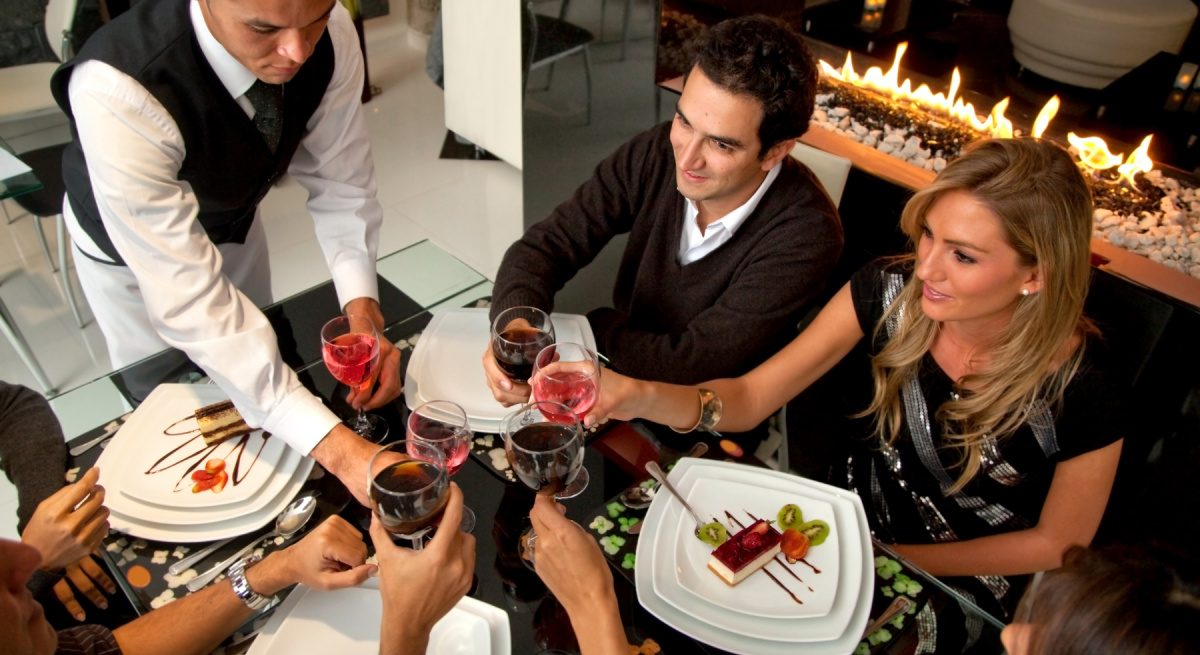2022 Trends: Meeting Challenges and Industry Evolution
3 Min Read By Greg Staley
We all have our fingers crossed that we’ve gotten through the worst of the pandemic. It certainly feels like better days are ahead for the restaurant industry. Restaurateurs seem to be coming out of a survival mode mindset and beginning to evaluate what’s next.
What changes that may have seemed temporary should be made permanent? What trends can be adopted to better serve guest preferences? How is technology shaping the future of restaurants and giving brands a competitive edge?
Let’s look at some of the challenges facing the industry and how changing trends are helping operators work toward a brighter future.
The Challenge: Changing guest preferences for off premise dining.
The spike of take out and delivery orders that began with covid makes it all too easy to forget that prior to March 2020, guests had already begun moving that direction. Covid certainly provided a temporary boost, but even though many guests are dining in again, the trendline for off prem is still going up.
The Trend: Ghost kitchens and changing restaurant design cater to off prem.
To meet this evolution, restaurant operators are investing in new and reimagined spaces. Ghost kitchens seem to be all the buzz right now, but it’s for good reason. These commercial kitchens, without any traditional FOH space or staff, are making it easier to streamline delivery. Although they currently make up just $43 million of the restaurant industry, they are growing so quickly that it’s expected to reach $71.4 billion in five years.
Additionally, operators are rethinking existing locations, and looking to invest in more room to accommodate delivery, to-go, and drive thru orders. Restaurants who are already using drive thru have begun looking at adding more lanes, and even table service brands who would never have previously considered it are looking at drive thrus as a smart investment. Additionally, they are rejiggering the flow and layout of the BOH to serve more drive thru orders, as well as reducing some dining area to add dedicated space where customers or delivery drivers can pick up orders.
The Challenge: The increase in restaurant tech has led to disjointed results.
Operators have been adding to their tech stacks for the last five years or more but solving one problem can create another if your technologies aren’t well integrated. Managing your various technologies should not feel like an unmanageable juggling act, but it can when you’re not sure where to look or what system to trust.
The Trend: Brands are focusing on refining their tech stacks.
With something created to make your work life easier, there’s no excuse when it doesn’t. Technology budgets are coming back after covid, but one of the things I’ve seen is that IT departments are spending more thoughtfully than ever before.
Restaurateurs know they can’t afford to be missing key visibility into their operations and are re-evaluating the technology they have to ensure it integrates well. They’re also making that a high priority on new vendors.
Good integrations make reporting easy to understand and act on, save money by letting employees be more productive, and make a safer working environment. Tech for the sake of technology is out, and operators are carefully considering how each piece will work together and serve their business needs.
The Challenge: High competition for labor is making it difficult to find and retain employees.
It’s no secret that hospitality employees left the industry at high rates in the last two years. This has caused a dearth of institutional knowledge and experience. At the same time, competition for labor has risen, making it more difficult than ever to recruit, train and retain employees.
The Trends: AI and automation will help with labor shortfalls, while better pay and benefits will work to close those shortfalls.
Artificial intelligence and automation have been talked about for a few years, but recently we’ve seen the pace of acceleration on both start to increase. Restaurant systems are getting smarter, helping managers and employees take care of tasks like scheduling and inventory. And robots are being seen in more places, both for delivery and in the BOH, while kiosks augment FOH. There are many jobs that humans are still best suited for, but we can’t count out machines when it comes to filling the gaps, especially during a tight labor market.
Then, to become more competitive in this market, we’re already seeing restaurants increase wages and add more benefits, both changes I see lasting in the long run. The combination of better recruiting and automation allows operators to find new ways to manage their business and remain profitable.
I’m excited for the blue skies I see ahead for the restaurant industry. We will always have a few clouds, but these trends show that restaurant people are some of the most innovative, adaptable people in the world, who are ready to face what comes next.


